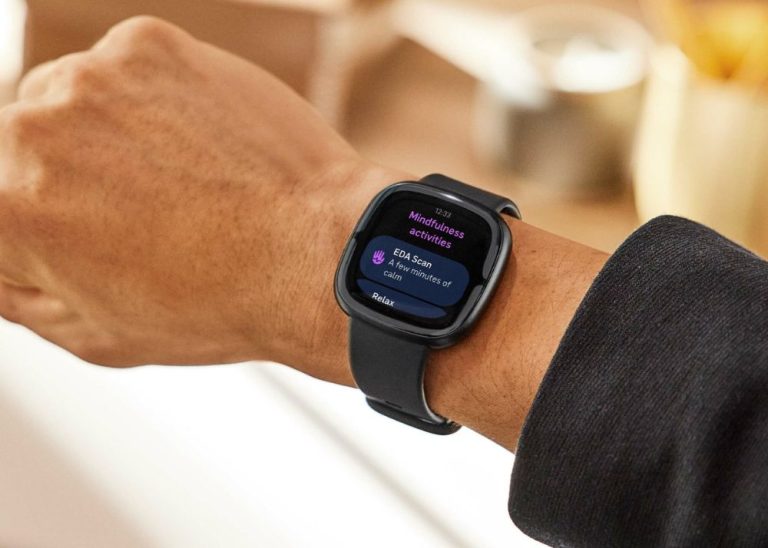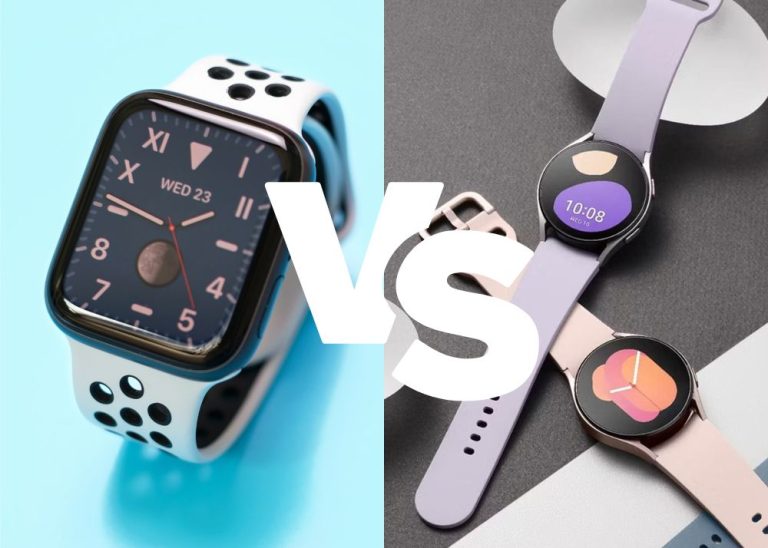Comparing Smartwatch Operating Systems: Android vs. iOS
Smartwatches have become increasingly popular in recent years as they offer a convenient way to stay connected and track your health and fitness goals. However, choosing the right smartwatch operating system can be overwhelming, especially if you’re trying to decide between Android and iOS. In this blog post, we’ll compare the two operating systems and help you decide which one is best for you.
User Interface
One of the most noticeable differences between Android and iOS is their user interface. Android smartwatches tend to have more customizability options, such as the ability to change watch faces, widgets, and backgrounds. On the other hand, Apple’s iOS interface is more streamlined and intuitive, with easy-to-navigate menus and icons.
Notifications
Both Android and iOS smartwatches offer a wide range of notification options, allowing you to stay up-to-date with messages, emails, and social media notifications. However, the way these notifications are displayed differs between the two operating systems.
Android watches allow you to swipe away notifications individually, while iOS notifications are grouped by app and can be cleared in bulk. Additionally, Android watches allow you to interact with notifications directly from the watch, while iOS notifications typically require you to open the associated app on your phone.
Fitness and Health Tracking
Smartwatches have become popular tools for tracking fitness and health goals, and both Android and iOS offer robust tracking capabilities. However, the way these features are presented and tracked can differ between the two operating systems.
Android watches offer a wide range of fitness and health tracking options, with built-in sensors for monitoring heart rate, steps taken, and sleep patterns. Additionally, Android watches allow you to install third-party apps for tracking additional metrics, such as calories burned and workouts completed.
Apple’s iOS operating system also offers comprehensive fitness and health tracking features, including heart rate monitoring, step tracking, and workout tracking. However, the health tracking features are more tightly integrated into the Apple ecosystem, with features such as the Apple Health app that allows you to track a wide range of health metrics across all of your Apple devices.
Voice Assistant Integration
Both Android and iOS smartwatches offer integration with popular voice assistants, such as Google Assistant and Siri. However, the way these assistants are integrated can differ between the two operating systems.
Android watches offer seamless integration with Google Assistant, allowing you to access the assistant directly from your watch and control your other Google devices. Additionally, Android watches allow you to send and receive messages and make phone calls directly from the watch, using Google Assistant.
Apple’s iOS watches offer similar integration with Siri, allowing you to access the assistant directly from your watch and control your other Apple devices. Additionally, iOS watches allow you to send and receive messages and make phone calls directly from the watch, using Siri.
App Ecosystem
Both Android and iOS offer a wide range of apps for smartwatches, allowing you to customize your experience and add additional functionality to your device. However, the number and quality of these apps can differ between the two operating systems.
Android watches offer access to the Google Play Store, which has a wide range of apps available for download. Additionally, Android watches allow you to install third-party apps from other sources, giving you more flexibility in the apps you can use.
Apple’s iOS watches offer access to the Apple App Store, which also has a wide range of apps available for download. However, the Apple ecosystem is more tightly integrated, which can lead to more seamless experiences between your Apple devices.
Battery Life
Smartwatch battery life is an important consideration, especially if you plan to wear your device all day. Both Android and iOS watches offer similar battery life, typically lasting for around one to two days on a single charge.
However, the way these watches handle battery life can differ. Android watches tend to have more customizable battery settings, allowing you to adjust settings such as screen brightness, notifications, and background processes to extend battery life. On the other hand, Apple watches are known for their more efficient battery management, allowing you to get the most out of your battery without needing to adjust settings as frequently.
Compatibility
One important factor to consider when choosing a smartwatch operating system is compatibility with your existing devices. Android watches are generally more compatible with a wider range of Android smartphones and devices, while iOS watches are exclusively compatible with iPhones and other Apple devices.
This means that if you already own an Android phone, an Android smartwatch may be the best choice for you. On the other hand, if you’re already an Apple user and have an iPhone, iPad, or other Apple device, an iOS watch may be the better choice.
In conclusion, choosing between an Android or iOS smartwatch comes down to personal preference and your specific needs. Android watches offer more customizability and compatibility with a wider range of devices, while iOS watches offer a more streamlined and efficient user experience within the Apple ecosystem.
Ultimately, the best way to choose the right smartwatch operating system for you is to consider your specific needs and do your research to find the best fit. By considering factors such as user interface, notifications, fitness tracking, voice assistant integration, app ecosystem, battery life, and compatibility, you can make an informed decision and find the smartwatch that best meets your needs.




